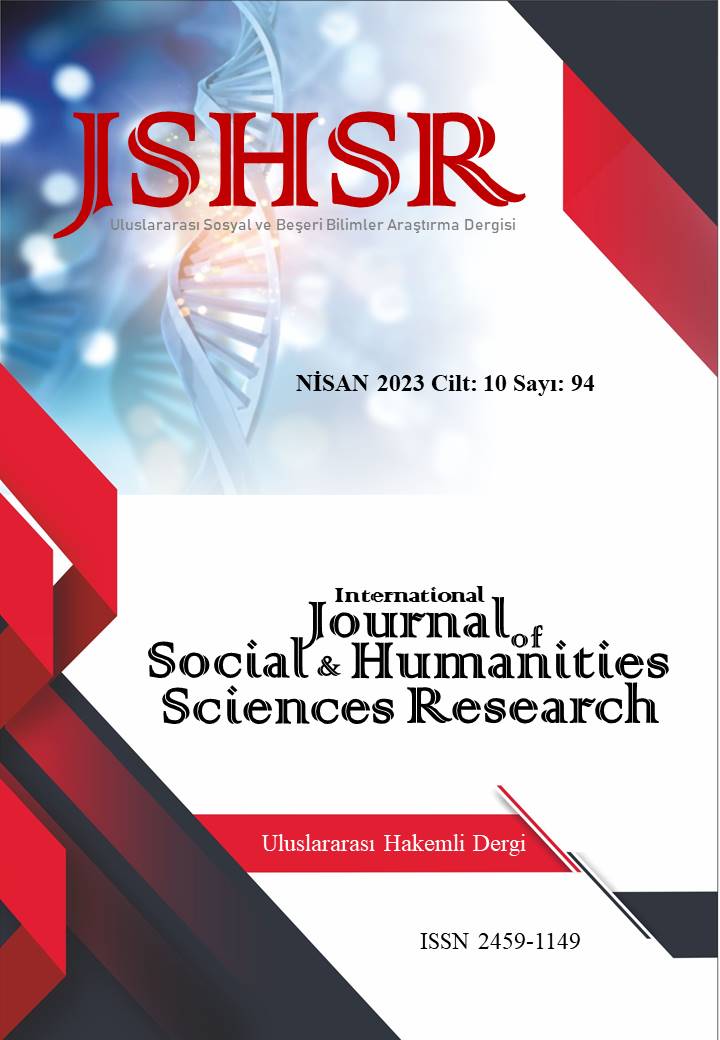RAM-SHEEP HEAD TOMBSTONES IN TABRIZ AZERBAIJAN MUSEUM
DOI:
https://doi.org/10.26450/jshsr.3620Keywords:
Tombstones, Tabriz Azerbaijan Museum, Ram-Sheep Headed TombstonesAbstract
Tombstones and cemeteries remaining from nations that dominated different times and geographies throughout history provide important data on the cultural richness of the society they belong to. In a sense, tombstones, which reveal people's beliefs, thoughts, and perspectives on nature and social environment, continued to be used in a way that reflects the pre-Islamic accumulation after the Turks' conversion to Islam. One of the most striking examples among these tombstones in terms of form and decoration, the head of ram sheep head shaped tombstone emerged under the influence of Central Asian Turkish art and continued with a similar style in Mongolia, northwest of Iran, Anatolia, Azerbaijan, Nakhchivan, Georgia and Iraq with certain changes. The sheep and ram statues made in different parts of the Turkish world, as in the past, show the importance that Turkish tribes and communities give to ram and sheep, and the prevalence of animal depictions and symbols. Among these, ten ram-headed tombstones dating to the Akkoyunlu and Karakoyunlu periods, which have not been examined until now, located at the entrance and garden of Tabriz Azerbaijan Museum, will be evaluated together with their stylistic features, stamps and inscriptions on them in this article. In the article, the value of these tombstones in terms of symbolism will also be discussed, and they will be compared with similar examples in and around Anatolia.
Downloads
Published
How to Cite
Issue
Section
License
Copyright (c) 2023 INTERNATIONAL JOURNAL OF SOCIAL HUMANITIES SCIENCES RESEARCH

This work is licensed under a Creative Commons Attribution 4.0 International License.


